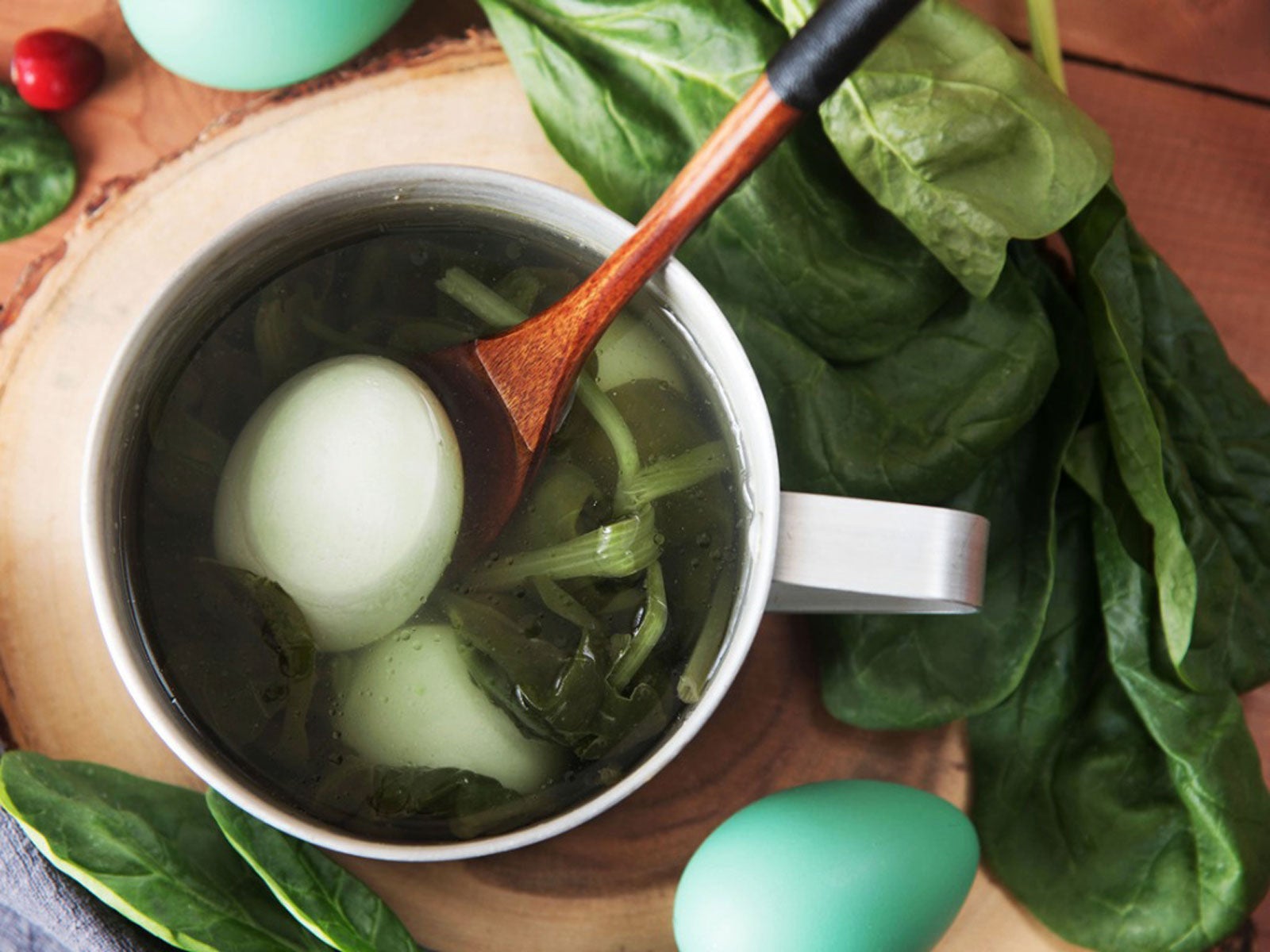Natural Spinach Dye – How To Make Spinach Dye


There is more than one way to make use of fading veggies like old spinach leaves. Although most gardeners put a high value on composting kitchen detritus, you can also use past-their-prime fruits and veggies to make homemade dye.
Spinach as dye? You better believe it, but not just spinach. You can also make dye from orange peels, lemon ends, even the outer leaves of a cabbage. These dyes are easy, eco-friendly, and really cheap to produce. Read on to learn how to make spinach dye.
Making Dye with Spinach
The first step in making natural spinach dye (or dye from any other veggies or fruits) is to gather a sufficient amount. You’ll need at least a cup (240 mL.) of spinach or another plant product. What products can you use? Beets, turmeric, and red cabbage are all good choices. So are onion skins and lemon peels. Just be sure to thoroughly clean them prior to use.
Your choices will be determined by what you have on hand and what color dye you are interested in making. If you want a deep green, you can’t do better than making dye with spinach.
There are a couple methods for making spinach dye and both are quite easy.
- One involves blending the material with hot water. To make natural spinach dye using this method, chop up the spinach (or other veggie or fruit product) and put the chopped pieces in the blender. Add two cups (480 mL.) of hot water for every cup (240 mL.) of spinach. Then strain the mixture through a cheesecloth lined strainer and add a tablespoon (15 mL.) of table salt.
- If you want to know how to make spinach dye without a blender, simply chop up the spinach or other veggie pieces and place them in a small saucepan. Add twice as much water as you have spinach, bring it to a boil, then allow it to simmer for an hour. Once the product has cooled, strain it well. Then you can start using spinach to dye fabric.
Using Spinach to Dye Fabric (or Eggs)
The best way to create long-lasting dyed clothing is to first use a fixative on the fabric. You’ll need to boil the fabric in salt water (1/4 cup (60 mL.) salt to 4 cups (960 mL.) water) for fruit-based dyes, or one cup (240 mL.) vinegar and four cups (960 mL.) water for veggie-based dye like spinach. Boil for one hour.
When done, rinse the fabric in cold water. Squeeze it out, then soak it in the natural dye until it reaches desired color.
Gardening tips, videos, info and more delivered right to your inbox!
Sign up for the Gardening Know How newsletter today and receive a free copy of our e-book "How to Grow Delicious Tomatoes".
You can also use the plant dye with kids as a natural coloring for Easter eggs. Simply soak the egg in the dye until it reaches the hue you desire.

Teo Spengler is a master gardener and a docent at the San Francisco Botanical Garden, where she hosts public tours. She has studied horticulture and written about nature, trees, plants, and gardening for more than two decades. Her extended family includes some 30 houseplants and hundreds of outdoor plants, including 250 trees, which are her main passion. Spengler currently splits her life between San Francisco and the French Basque Country, though she was raised in Alaska, giving her experience of gardening in a range of climates.
-
 Terrifically Tubular Flowers For Hummingbirds: 9 Tube-Flowered Plants To Attract Hummers
Terrifically Tubular Flowers For Hummingbirds: 9 Tube-Flowered Plants To Attract HummersGrowing tubular flowers for hummingbirds helps you create the optimum feeding conditions for your winged friends. Here are nine tubed delights for hummers
By Tonya Barnett
-
 How To Grow Hydroponic Tomatoes For Fresh Indoor Harvests – No Soil Required
How To Grow Hydroponic Tomatoes For Fresh Indoor Harvests – No Soil RequiredLearning how to grow tomatoes in water is easy and allows you to harvest fresh-home-grown produce in every season without any mess.
By Ellen Wells